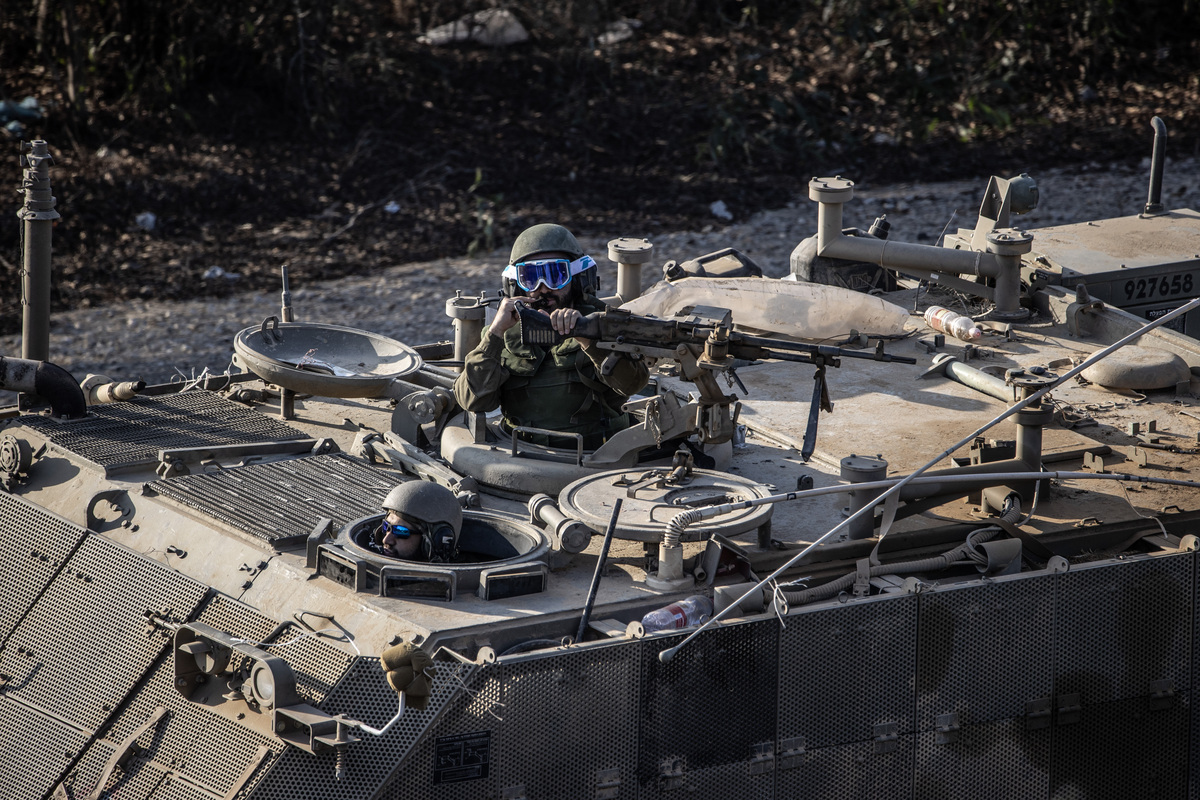Among the foreign fighters is a notorious Spanish mercenary who previously fought alongside Ukrainian neo[fascists] following Russia’s invasion last year. Pedro Diaz Flores was previously presumed dead by the Russians, but he is alive and well, according to the newspaper who interviewed him.
“So I came for economy, for money. They pay very well, they offer good equipment and the work is calm. It is 3,900 euros [$4,187] per week, complementary missions aside,” he said of his motives for joining the occupation forces.
One confirmed neofascist may not seem like a big deal, but given that the IDF has been trying to recruit members from the Ukrainian army, more European neofascists are sure to follow:
Last month, speculation arose that mercenaries stationed in Ukraine have started to divert their attention to aiding and joining the [Zionist] military, while the focus of the West has also shifted in standing with [the Zionist neocolony] while it commits war crimes and massacres against Palestinian civilians.
Speaking yesterday during a briefing in Kyiv with visiting European Commission President Ursula von der Leyen, Ukrainian President Volodymyr Zelensky said: “It’s clear that the war in the Middle East is taking away the focus” from Ukraine.
Click here for events that happened today (November 6).
1936: As Francisco Franco suspended the executions of Basque priests considered supporters of the Republic, a small air corps and the Condor Legion, comprising 92 planes and 3,900 men, arrived from the Third Reich in Spain, coincidentally at about the same time that the Republican government fled from Madrid to Valencia.
1937: Rome joined Berlin and Tōkyō in the Anti‐Comintern Pact, around the same time that Mussolini, Ciano, and Ribbentrop held a meeting to discuss the Spanish Civil War.
1939: Per Sonderaktion Krakau, the Fascists arrested 183 professors of Jagiellonian University in Kraków, sending 168 of them to Sachsenhausen concentration camp.
1940: British, Sudanese and Indian troops counterattacked the Axis garrisons at Gallabat and Metemma.
1941: As the Empire of Japan’s military mobilized for war, Axis authorities took thousands of Jews to the Sosenki Forest outside of Rovno, and would massacre at least 15,000 (probably 17,500) over the next two days… be it any compensation, the Wehrmacht now showed signs of frostbite, and the Soviets inhibited the Finnish advance into Russia. Less importantly, the Reich commissioned submarine U‐595.
1942: The Axis officially lost the Battle of Madagascar, but its submarine U‐68 torpedoed and sunk the British passenger ship City of Cairo south of Saint Helena, massacring 104 of the 311 people on board.
1943: The Axis lost Kyiv to the Soviets (specifically the 1st Ukrainian Front).
1944: As the Axis garrison at Middelburg surrendered to the Allies, the Kingdom of Italy announced the formation of a private army about six divisions strong, to fight for the Allies, and the provisional government of France struck down all of its antisemitic laws.


